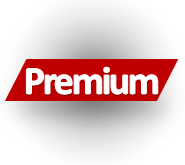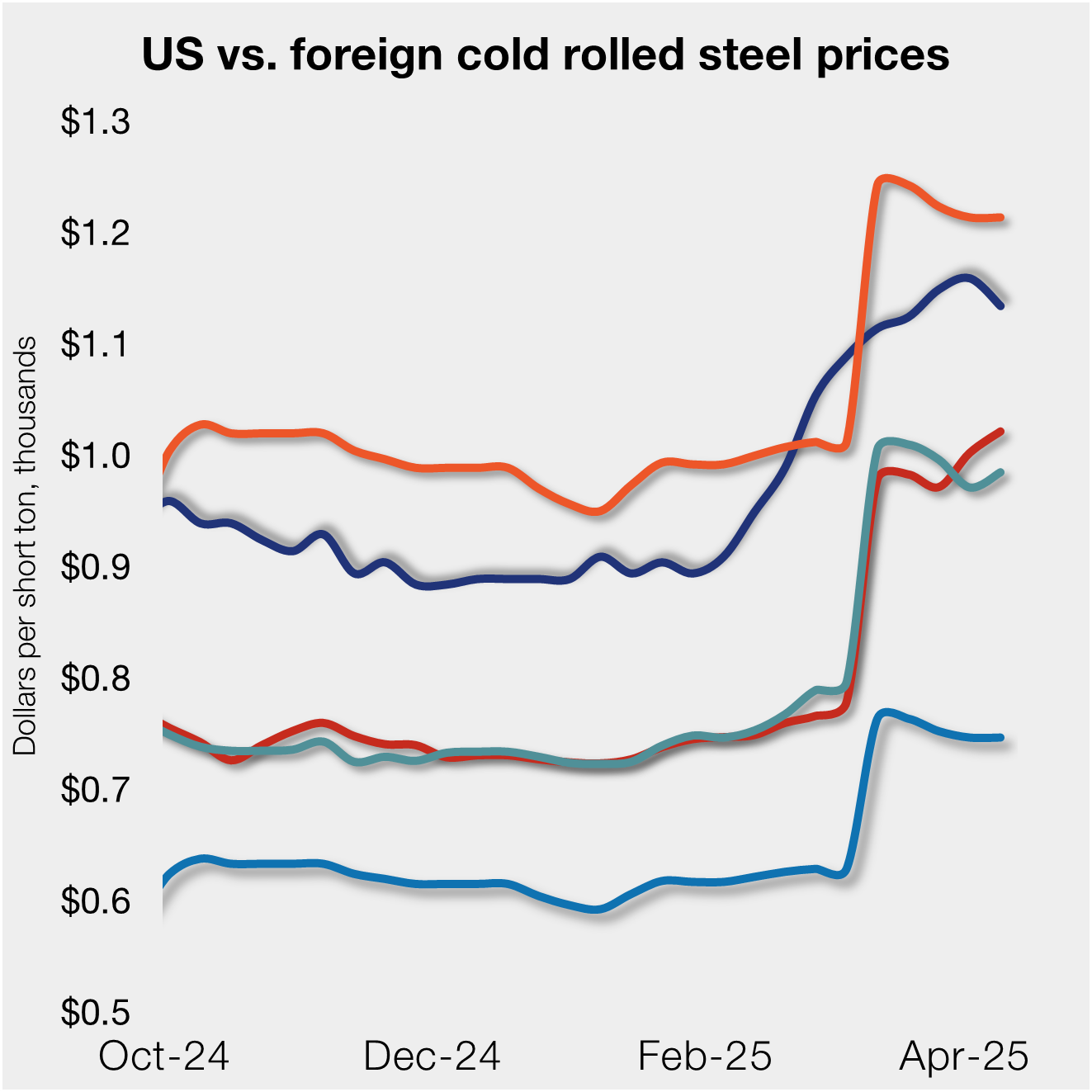Steel Products

Leibowitz on Trade: High Cost of Government Shutdown
Written by John Packard
January 20, 2019
Trade attorney and Steel Market Update contributor Lewis Leibowitz offers the following update on events in Washington:
New 232 Lawsuit
A new complaint against the United States was filed on Thursday, Jan. 17, by three U.S. importers of Turkish steel to contest the doubling of tariffs on Turkish steel into the United States. The plaintiffs are Medtrade, Transpacific Steel and A.G. Royce Metal Marketing. The complaint contends that the doubling of tariffs on imports of Turkish steel violated Section 232, and two provisions of the U.S. Constitution, the Equal Protection clause and the Due Process clause. The Section 232 violation asserts that the doubling of tariffs on Turkish steel did not make the necessary connection between the Turkish imports and any threat to impair U.S. national security. The plaintiffs also allege that the increased tariffs on Turkish steel did not comply with the statutory requirements for findings by the U.S. Commerce Department. The due process claim contends that the president did not give any notice or opportunity to comment on the doubling of tariffs. The equal protection claim stems from the difference of treatment between Turkish imports and imports from all other nations.
The government normally has 60 days to respond to new complaints. If the government shutdown drags on, this could be extended. As events warrant, I’ll comment further on this development.
The Government Shutdown and International Trade
The partial government shutdown, now entering its 30th day, amounts to a near-total shutdown for international trade matters. Last week, the Office of the U.S. Trade Representative joined the International Trade Commission and the Commerce Department in essentially closing up shop for the duration of the shutdown.
Government employees are not the only story, especially in the international trade area. About 10,000 companies, employing several million workers, provide goods and services to the federal government; their contracts are suspended and their employees who service those contracts are also out of work. Unlike federal workers, they have little or no prospect of receiving back pay after the shutdown ends. Trade-related agencies, including USTR, Commerce and the ITC, employ an unknown number of workers through government contractors. These workers are not included in the 800,000 figure you have heard about. (ARTICLE CONTINUES BELOW)
{loadposition reserved_message}
The Washington Post, which should know the numbers as well as anyone, reported last week that there is no credible estimate of the number of contract workers that have been laid off. Estimates range into the millions of workers—perhaps 3 to 4 million workers. Many are low-wage contract workers such as building cleaners, cafeteria staff, etc. However, many other contract workers handle very sensitive work: analysis of classified documents (remember Edward Snowden?), and evaluating product exclusion requests for the Commerce Department (steel and aluminum tariffs) and USTR (Section 301 tariffs on China). The Post estimates that $200 million per week is lost to government contractors, almost certainly without hope of reimbursement, due to the shutdown. This estimate may be low—there are no reliable figures on the degree to which government relies on contract workers.
The “hidden layer” of government workers is the result of growth in the responsibility of government, which needs the staffing but is not permitted to make permanent hires. The figures on civil service employment show that federal jobs have been relatively steady for the last 25 years. There were about 3 million federal employees in January 1993, and 2.8 million in November 2018. But there are no figures for the number of contract workers performing federal government work.
Contract workers, generally operating out of the public eye, are normally busy drafting regulations, reviewing public comments in rulemaking proceedings, working as contract attorneys and paralegals in administrative and court matters, performing economic analysis in support of trade negotiations and the like. These functions, performed by contract workers, can impact the profitability and perhaps the survival of private sector manufacturing companies around the country. Contractors include part-time lawyers, economists, accountants and other professionals. And, while government employees are required to review the work of the contractors, it remains a mystery precisely how the contractors and government workers interact in real-world situations. Congressional oversight of these functions has been nearly non-existent.
One thing we know—during the shutdown, the contract workers will not be supervised by government agencies. Most contract workers will not be working, although individual contractors may be continuing to service their government agencies, while not being paid by those agencies. Workers could be paid by their employers, who are private companies, but the companies themselves may not be paid during the shutdown and money will run out soon. These companies almost certainly will not receive back pay from the government either, if previous shutdowns are any guide. The longer the shutdown lasts, the more of these workers will quit and get a job that actually pays them. Their expertise could be hard to replace. The fallout from this shutdown, a massive backlog of work, will be felt for months and years after the government goes back to work.
Lewis Leibowitz
The Law Office of Lewis E. Leibowitz
1400 16th Street, N.W.
Suite 350
Washington, D.C. 20036
Phone: (202) 776-1142
Fax: (202) 861-2924
Cell: (202) 250-1551

John Packard
Read more from John PackardLatest in Steel Products

SMU flat-rolled market survey results now available
SMU’s latest steel buyers market survey results are now available on our website to all premium members. After logging in at steelmarketupdate.com, visit the pricing and analysis tab and look under the “survey results” section for “latest survey results.” Past survey results are also available under that selection. If you need help accessing the survey results, or if […]

CRU tariff webinar replay now available
CRU’s latest webinar replay on how Trump’s tariffs affect the global steel market is now available on our website to all members. After logging in at steelmarketupdate.com, visit the community tab and look under the “previous webinars” section of the dropdown menu. You’ll find not only this special CRU webinar but also all past Community […]

US, offshore CRC prices diverge
US cold-rolled (CR) coil prices declined this week, slipping for the first time since early February. Most offshore markets deviated, moving higher this week.

Construction growth slowed in March on tariff woes: Dodge
The decline comes after reaching a record high in January to kickstart the year.

Return of S232 zapped gap between US and EU HR prices, Asian HR remains cheaper
Domestic hot-rolled (HR) coil prices declined this week for a third straight week. Most offshore markets bucked the trend and gained ground. Uncertainty in the US market around tariffs, especially after “Liberation Day,” caused US prices to slip as buyers moved to the sidelines. It’s unclear to date whether the 90-day pause on the more […]
